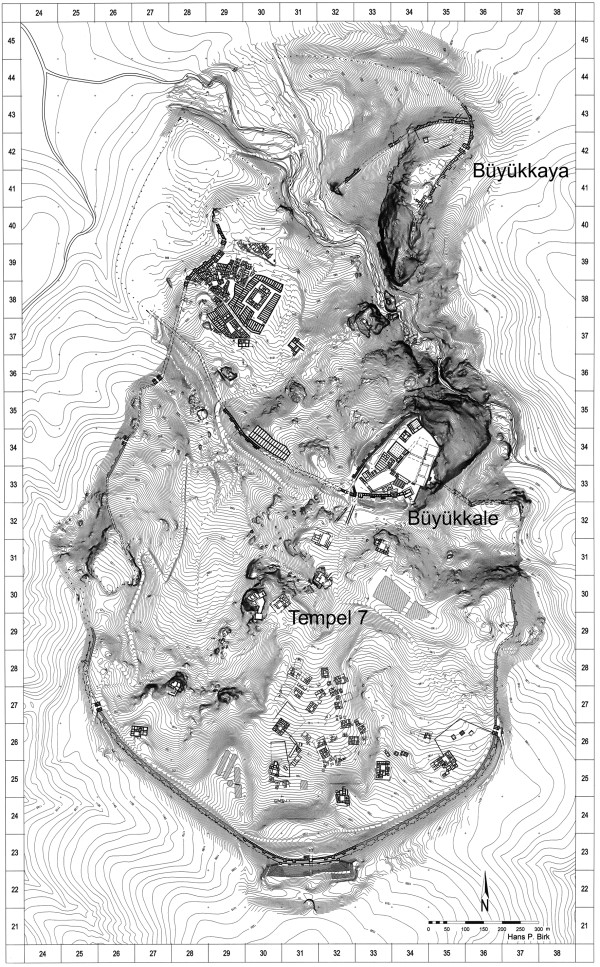While there is no direct information concerning the Trojan War in the Hittite texts, they refer to the battles between the Arzawa in the west and the Assuwa countries in the northeast during the reign of Great King Tudhalja II (1420-1400 B. C. E.) King Tudhalija starts a military expedition to the West and this ends with a victory for Arzawa country. However, there is an uprising right after the victory.

Two findings that were obtained in the Hittite capital Hattusa in 1400 B. C. E. indicate a conflict between the Mycenaeans and Hittites. The first one of these is the depiction of a Mycenaean type warrior on the Hittite plate; the second is the bronze sword of Mycenaean type. On the Akkadian writing on the sword, it says "When the Great King Tudhalja destroyed the Assuwa Country; he dedicated this sword to his lord, the god of storm." From this, we can conclude that the soldiers from Ahhijawa together with those from Assuwa fought against the Hittites. With this, we can think that the Mycenaeans who wanted to enter Anatolia first tried this via Millawanda, but when they were not successful, tried again a few generations later through Troy, and the Trojan War was a result of this second try.
Trojans and Hittites
- 61 What was Troy called in Hittite texts?
- 62 When did Troy-Hittite relations start?
- 63 Was There Any Mention of the Achaens in Hittite Texts?
- 64 Why did Troyans and Hittites conclude a treaty?
- 65 Is there any information in Hittite texts about the Trojan War?
- 66 Are there any written findings in Troy that indicates any relationships with Hittites?
- 67 Whose side was Hittites on during the Trojan War?
- 68 Is there a relationship between the Trojan War and the fall of the Hıittite Empire?
- 69 Are there any written documents in the Hittite archives that were sent from the west to the east?
- 70 Why was it the case that Troy, Mycean, and the Hittite Empire fell one after the other?